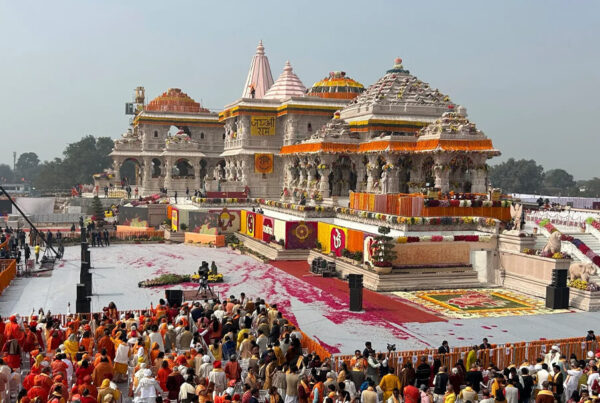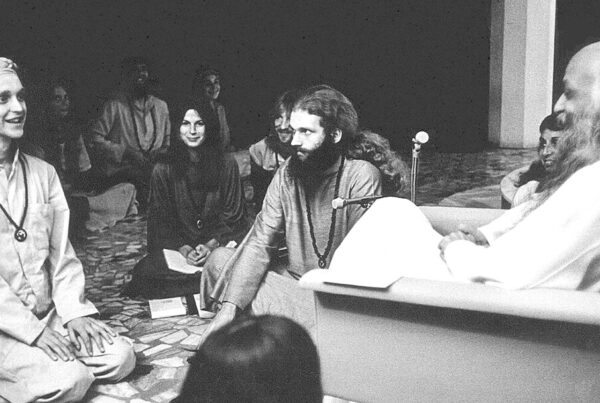
Russia is the world’s biggest mysterious region. It exists as a bridge connecting Asia and Europe. Many Russians consider themselves descendants of the Aryans. The symbols of nature worship and Vedic culture have been found in the excavations here. Such excavations have not been brought to light by the government, but the oriental imprint can be seen in the personal psychology of Russians.
Russian literature, art and science are among the best in the world. When taking the names of the 10 greatest literary works of the world, five Russian works appear. Before the October Revolution of 1917, Russian literature reached its peak. Tolstoy’s War and Peace and Anna Karenina, Dostoevsky’s Brother Karamazov and Crime and Punishment, Chekhov’s Uncle Vanya, Three Sisters, Pushkin’s Evgeniy Ingin and other world-class creations are considered the best works in world literature, but during the Soviet regime, Russia couldn’t retain its old uniqueness in the fields of literature and art. It could not be maintained because the impossible task of reflecting socialist philosophy in art and literature was dictated by the harsh decision of the party. During the Communist regime, the only writer who was able to maintain good relations with the state was Mikhail Sholokhov, who received the Nobel Prize for Literature in 1965. Another writer and Nobel laureate, Joseph Brodsky, was also sent to a labor camp. He was released after intense international pressure under the leadership of Paul Satre, but went into exile in 1972. At that time, the compulsion and fear of doing everything according to the interest of the ruler was all-pervasive. Whenever art and literature begin to be made according to the interests of the dictator, art and literature cannot have a greater disparity than that. For any level of creation, the soul of the creator seeks a free environment.
The 88-year-old writer Alexander Solzhenitsyn, the Nobel Prize-winning writer, who is widely known in Russia as ‘the heart of Russia’, was presented with a national honor by President Putin for his ideological activities. The same honor was given to him by the former President Boris Yetsin, but the self-respecting writer rejected the honor saying that he will not take honor from the hands of a leader who creates misery for his own people. Solzhenitsyn made some statements against Stalin in a letter written to his friend.
He was sent to Kazakhstan for 8 years and sentenced to a hard labor camp. He was awarded the Nobel Prize for Literature in 1970 for his work ‘Short Tales of Gulag Life’ based on the tragedy he experienced in the same labor camp. He was exiled by the Soviet government for receiving that award. Only after the collapse of the Soviet regime, he was able to return to Russia in 1994 after a long exile. This statement given by him after receiving this award from President Putin is particularly relevant in the current environment of Nepal. His statement is: “This award awakens hope in my heart, that finally my nation heard my voice. I hope that my country will learn a big lesson from the mistake it made in the 20th century and never repeat such a mistake again.”
Among the must-see places in Russia are its museums. Almost all major cities in Russia have war and art museums. Since the Russians had to face many wars from the beginning, the art of war and skill is a matter of great respect for them. About 30 million people died on Soviet soil in World War II alone. A symbol of the victory achieved in that war, the Great Patriotic War Museum located in Moscow’s Victory Park is one of the must-see places in Russia. By looking at the scenes that are both fierce and compassionate, created by the combination of very subtle painting skills, war materials that were actually used on the battlefield, and lighting, one feels that he is actually standing on the battlefield and watching the war. Similarly, the Borodino panorama, which contains scenes of the battle with Napoleon’s soldiers on the wall around 360 degrees, is also worth seeing. Watching a complex scene like a war in such a vivid and grand manner is very thrilling and surprising. The size and architecture of the statues and monuments made in Russia reflect the courage and confidence of the Russians.
As my mind considered all kinds of war as a defeat of humanity and human wisdom, the grandeur of the war memorial saddened me even more, but I was captivated by the art museums of Russia. Two of these museums have to be mentioned. They are the Hermitage in the Winter Palace in St. Petersburg and the Tretikovsky Art Gallery in Moscow.
Unstable political alliances, internal conspiracies, and the need to fight external enemies led to the emergence of a new era of political stability and economic prosperity in Russia only after the rise of Peter the Great (1672-1725). Peter the Great had a deep interest in Western Europe. He wanted to make Russia civilized and developed like Western European countries. He visited hospitals, factories and business centers in Europe and saw and learned a lot. The bank of the Neva River, which was conquered by the Swedes and connected to Europe, was made the capital, which was named St. Petersburg, which later became the most beautiful city in Russia. Peter forced everyone to pay taxes and with the money raised, he modernized the army, navy and increased sea trade. All government employees were required to cut their hair and had to pay taxes. After the church opposed his reforms, he stopped the new appointment of the head of the church, brought the bishops under the department of the state and became the executive head of the church himself.
Through his efforts, Russian society was modernized. this campaign started by Peter the Great to make Russia rich in the field of art was carried forward by Catherine the Great, who spent the state funds and made a huge collection of artworks of world-famous creators from Egypt, France, Britain, Italy, and Spain. The subsequent rulers also continued it. More than 300,000,000 world-famous artifacts collected so far are preserved in the Hermitage in St. Petersburg. This museum is so huge that it takes more than 17 years to explore the entire museum if you spend a minute on each of its artworks and look at it continuously for 365 days and 8 hours a day. 20 times the number of works hung in its exhibition are closed in its drawers. Therefore, no one in the world has seen this art museum in its entirety.
June 18, 2007


